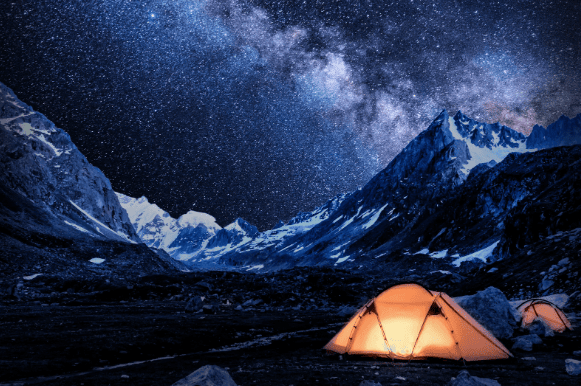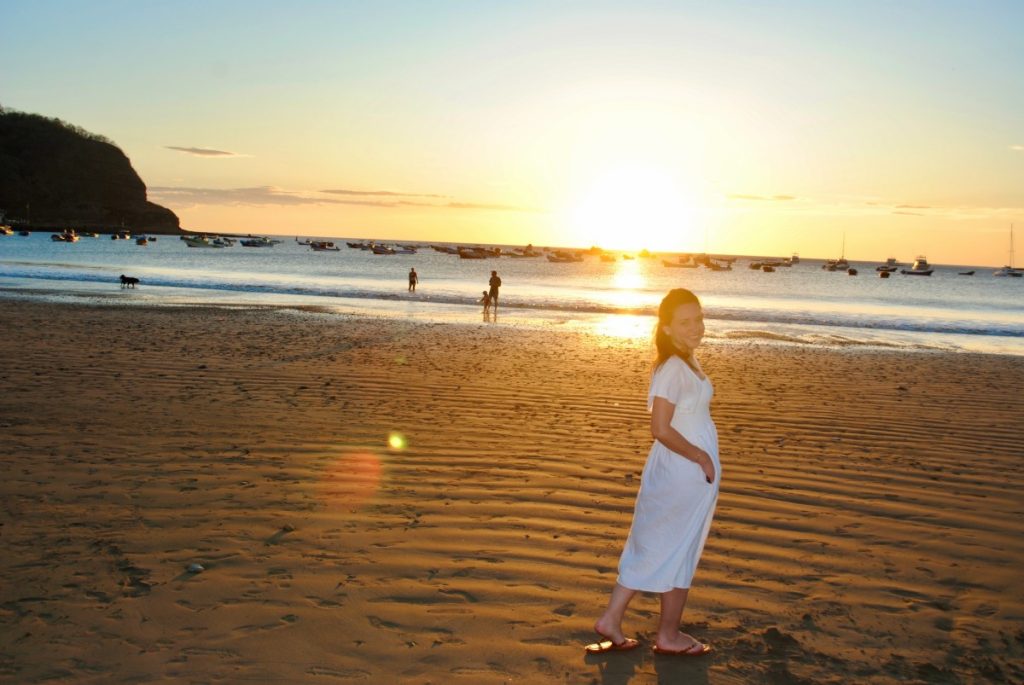

Packing light is a crucial skill for anyone venturing into the great outdoors. From hiking in rugged mountains to camping under starry skies, efficiently packing essential gear is key to a comfortable and successful outdoor experience. Packing light involves a delicate balance between the essential items and the desire to travel light and efficiently. Many people struggle with this balance because it can be difficult to weigh the advantages of bringing items that offer comfort and safety against the desire for less weight. This article delves into the art of packing light without compromising essential items, providing a strategic approach to pack everything you need while minimizing weight. This article is structured with an introduction, followed by sections on planning, clothing, gear, and accessories, concluding with frequently asked questions and a call to action.
Planning Ahead: The Foundation of Packing Light
Assessing Your Trip Requirements
Before you start packing, a thorough planning phase is essential for packing light efficiently. Knowing your destination, activities, and anticipated weather conditions is critical. Determine the duration of your trip, the specific activities planned (hiking, camping, rock climbing) and the expected weather. If you have a multi-day hike, you need different items than a single-day hike. By carefully planning the trip, you can plan precisely what items will be essential for the trip in the first place!
Creating a Detailed Packing List
Create a comprehensive packing list—this is the fundamental tool for packing light. Be specific with the items you need and their quantities. Include the weather conditions and specific terrain features that could be encountered. Write down every item. Consider factors such as the specific temperatures, elevation, and terrain type. For instance, a warm jacket or waterproof trousers may be critical for an elevated mountain trail, but not for a flat coastal walk. Be realistic and concise!
Prioritizing Essentials
Once you have a detailed list, prioritize what’s truly essential. Focus on versatile gear that serves multiple purposes. For instance, a lightweight, quick-drying jacket can serve as both a rain shell and a windbreaker. A high-quality multi-tool can reduce the need for several smaller tools. The goal is to streamline your gear choices to ensure you carry only the essential items. If there’s a choice between two similar items, select the one that weighs the least and provides the most functions.
Clothing Selection: Layers are Key
Building a Layered System
Outdoor adventures often involve varying weather conditions. Packing lightweight, quick-drying layers is key. These options must accommodate temperature changes during the day or night. Consider a moisture-wicking base layer, a mid-layer for insulation, and a waterproof outer layer. This layering system allows you to adjust to changing weather conditions. If the weather warms up, you can remove layers. A moisture-wicking base layer will keep you dry and comfortable on a hike.
Choosing the Right Fabrics
Opt for moisture-wicking fabrics for base layers to keep you dry and comfortable. Quick-drying fabrics are essential for outdoor activities to manage sweat and moisture. Choose clothes that are lightweight and packable. Avoid bulky or heavy fabrics that will add unnecessary weight. These fabrics offer a high level of comfort and convenience. Lightweight clothing is essential for packing light.
Minimalist Approach
Choose versatile clothing items that can be used for multiple activities. Consider convertible pants that can be used for both hiking and relaxing on a camp day. Opt for neutral-colored clothing items so they can be worn for different activities and styles.
Gear Selection: Choosing the Right Tools
Backpacking Backpacks and Choosing the Right Size
Selecting the right backpacking backpack is vital. Choose a pack that suits your needs—the capacity should match the duration and nature of your trip. Consider factors such as weight capacity and comfort features. Look for lightweight materials and sturdy construction. This will support you during a hike. By opting for quality backpacks, you can enjoy outdoor activities with ease and comfort.
Lightweight Camp Cooking Equipment
Choosing lightweight camp cooking equipment is also very important for packing light. Lightweight backpacking stoves, cookware sets, and water filters are essential in minimizing weight. When selecting cooking equipment, prioritize quality over quantity. Think about what your needs are on your hike and what you can live without! You want the most convenient options possible.
Essentials vs. Extras
Thoroughly evaluate what items are truly essential for your trip versus items that are simply extras. Prioritize the essentials. Make a list of your required gear and what’s non-negotiable and keep these items near the top of your packing list. When you are preparing for your trip, keep a list of items that are optional or non-essential to help you streamline your packing list to prioritize essentials.
Accessories: Small Details Make a Big Difference
Multi-Tools
Multi-tools are very helpful, as they can perform several tasks and can reduce the need for carrying separate tools. This is one thing that is often overlooked, but one of the most crucial elements for a smooth and efficient trip. These tools offer convenience and functionality for outdoor situations and can handle various situations in the wild.
First-Aid Kits
A well-stocked first-aid kit is essential for any outdoor trip. Include bandages, antiseptic wipes, pain relievers, blister treatment, and any personal medications. Be realistic about what you need in a first aid kit. The goal is to have all the basic tools you need, and nothing extra that you don’t need.
Navigation and Communication
Consider using maps and compasses for navigation—this is a useful skill that can prevent getting lost. A personal GPS device can help you stay on track. Ensure you have a way to communicate in case of emergencies. Pack a high-quality, portable charger that can charge your phone in case of an emergency or during a hike.
Conclusion: Embracing the Pack Light Philosophy
Packing light effectively is about prioritizing essentials and minimizing excess weight. It demands planning, strategic selection, and organization. By following these steps, you can transform your outdoor adventure from a burden to an enjoyable experience. Packing light helps you have the most fun and relaxed trip possible, which makes it a crucial aspect of your outdoor experience. It’s essential for a smooth trip to have the right balance in mind! Packing light is about more than just weight; it’s about minimizing clutter and maximizing enjoyment of the outdoors. Start planning your next adventure now!
Frequently Asked Questions
What are some common mistakes people make when packing light?
Overestimating needs, overlooking the importance of versatile items, failing to plan ahead, and not prioritizing essentials are some common packing mistakes. Prioritizing is key to a streamlined and enjoyable experience. Knowing what you need before you go is crucial.
How do I pack delicate items without worrying about damage?
Proper packing and use of packing cubes and compression sacks can protect fragile items from damage. Use these tools to keep everything secure and organized.
What are the best tips for minimizing unnecessary weight?
Consider using lightweight materials, and utilize space-saving solutions like packing cubes, and use reusable water bottles.
How can I balance packing light with enjoying my trip?
Choosing the right gear, and making a thoughtful selection of clothes are key. This minimizes the chances of unnecessary discomfort during outdoor activities.
Frequently Asked Questions
How can I determine which outdoor gear is truly essential for my trip?
Packing light for outdoor trips requires a meticulous approach to gear selection. Start by identifying the specific activities planned and the length of the trip. Consider the weather conditions, anticipated terrain, and any unique requirements of your location. Look for versatile items that can serve multiple purposes, such as a multi-tool or a lightweight, water-resistant jacket. Prioritize layers, which allow for adjustments to changing weather conditions. Evaluate what you’ve used in previous trips and keep a record of it all! Don’t overestimate your needs in the first place, and be practical about your selections. Ask yourself if certain items are absolutely necessary and essential for the experience!
What are some smart packing tips to avoid overpacking?
One crucial tip for packing light without sacrificing essentials is to meticulously plan and organize your gear beforehand. Create a detailed packing list, noting what specific items are essential. Measure space in the pack you are using to get a clearer idea of the available room. Consider purchasing a pack that fits your needs well in terms of its capacity. By doing this, you can better predict what gear and equipment you need! By following a systematic approach, you can prevent the urge to overpack.
In conclusion, mastering the art of packing light for outdoor adventures requires careful planning and a strategic approach to gear selection. By prioritizing essentials, minimizing excess weight, and understanding your needs, you can successfully enjoy the great outdoors without sacrificing comfort or functionality. The next step is to begin practicing packing light now with your planned trip. Don’t hesitate to experiment and adapt these techniques to your personal preferences and specific needs. This way, you can discover the perfect balance between lightweight travel and essential equipment for unforgettable outdoor adventures. Contact us today for more advice on outdoor gear choices or to book an expert-guided adventure!